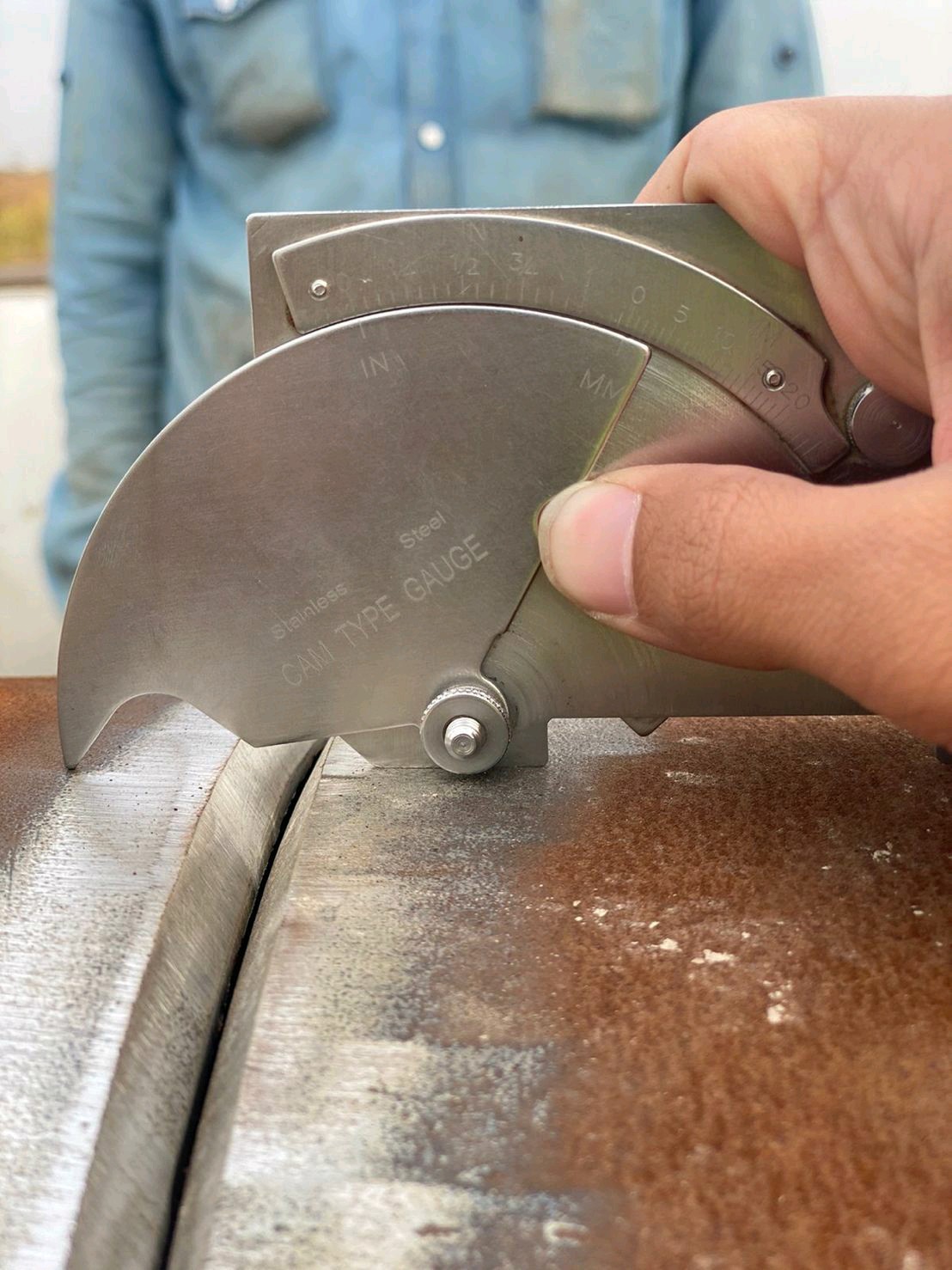The Duty of Modern Technology in Modern Welding Inspection Madison Practices
Discovering Advanced Equipment and Approaches for Accurate Welding Inspection
In the world of welding assessment, the pursuit of precision and dependability is paramount, stimulating the development of innovative tools and methods. Laser scanning developments and computerized evaluation systems, outfitted with man-made knowledge, are redefining the landscape by reducing human error and improving security steps.
Ultrasonic Examining Advancements
Ultrasonic screening technologies regularly stand for the center of advancements in welding inspection technologies. These technologies have actually substantially boosted the ability to detect and evaluate discontinuities within bonded structures, making sure enhanced stability and security.

Furthermore, developments in software program algorithms for data evaluation have boosted the accuracy of defect detection and sizing. Automated ultrasonic testing systems now supply high-resolution imaging, enabling in-depth assessments of weld high quality. These systems are often incorporated with innovative visualization tools, which help with the analysis of outcomes.
Radiographic Inspection Methods
While ultrasonic testing advancements have set a high criterion in non-destructive examination, radiographic evaluation strategies remain to play an essential function in welding assessment by supplying unique insights into product honesty. Radiographic screening (RT) uses the usage of X-rays or gamma rays to penetrate materials, creating a radiograph that visually represents the internal structure of a weld. This imaging capability is vital for identifying subsurface defects such as porosity, inclusions, and cracks that may not be visible through surface evaluations.
The process involves placing a radiation source on one side of the weld and a detector on the opposite side. Variants in product density and density impact the attenuation of the rays, producing a contrasting image that specifically defines flaws. RT is particularly advantageous for evaluating complicated geometries and thick sections where various other techniques may fail.
In spite of its performance, radiographic assessment needs to be conducted with stringent adherence to safety and security protocols due to the unsafe nature of ionizing radiation. Additionally, the analysis of radiographs needs knowledgeable workers, as the quality of the evaluation straight impacts the reliability of the inspection. As a result, continuous improvements in electronic radiography are enhancing photo quality and interpretation efficiency, strengthening RT's vital function in ensuring weld top quality.
Laser Scanning Developments
Accepting laser scanning modern technology in welding inspection has reinvented the analysis of weld top quality and stability. Unlike typical inspection techniques, laser scanning provides rapid data procurement, significantly enhancing the performance and precision of weld analyses.
Laser scanning breakthroughs have actually brought about substantial improvements in defining and detecting surface area flaws such as porosity, lack of fusion, and undercuts. The high-resolution information allows examiners to carry out comprehensive evaluations, making sure that welds satisfy strict sector criteria. Moreover, this method supports the advancement of digital documents, assisting in long-term top quality assurance and traceability.
Furthermore, laser scanning technology integrates seamlessly with software program options designed for automated issue detection and analysis. The resultant data can be quickly shared and reviewed, advertising collaborative decision-making processes. As markets continue to demand greater requirements for weld top quality, laser scanning remains at the center, providing unrivaled accuracy and performance in welding evaluation.
Automated Examination Systems

Automated inspection systems supply the advantage of consistency, eliminating human error and subjectivity from the examination process. They are designed to run in different environments, from manufacturing floors to remote area sites, ensuring thorough protection. Welding Inspection Madison. These systems can be set to comply with specific welding criteria and requirements, providing thorough reports and documentation for quality assurance purposes
In addition, the combination of cloud-based platforms assists in the storage space and analysis of substantial amounts of examination information. This enables pattern analysis and predictive upkeep, allowing suppliers to deal with possible issues prior to they escalate. The adoption of automatic inspection systems is a critical action towards boosting the reliability and performance of welding processes in commercial applications.

Enhancing Security and Performance
A considerable facet of enhancing security and effectiveness in welding examination exists in the assimilation of cutting-edge innovations that simplify have a peek at this site procedures and minimize dangers. The adoption of advanced non-destructive testing (NDT) methods, such as ultrasonic screening, phased selection ultrasonic screening (PAUT), and radiographic testing, plays a critical role in ensuring architectural honesty without jeopardizing the security of the workers included. These techniques allow for extensive examinations with very little downtime, decreasing potential threats linked with conventional approaches.
Additionally, the implementation of real-time information analytics and artificial intelligence algorithms has actually transformed the means evaluation data is analyzed. By employing anticipating analytics, prospective problems can be identified prior to they manifest right into essential failures, ensuring prompt interventions and maintenance. This proactive technique considerably boosts operational performance and safety in welding procedures.
In addition, remote evaluation innovations, consisting of drones and robot crawlers geared up with high-resolution electronic cameras, enable inspectors to examine hard-to-reach locations without revealing them to hazardous conditions. This not only enhances assessment precision yet additionally decreases human threat. By leveraging these sophisticated tools and approaches, industries can accomplish higher security requirements and functional performance, inevitably bring about even more lasting and reliable welding assessment methods.
Final Thought
The integration of innovative devices and methods in Going Here welding examination substantially improves defect discovery and guarantees architectural stability. These advancements not just boost examination effectiveness but additionally contribute to boosted safety and top quality assurance in commercial welding applications.

Ultrasonic testing advancements frequently represent the center of advancements in welding evaluation technologies.While ultrasonic screening technologies have established a high criterion in non-destructive evaluation, radiographic examination techniques continue to play an essential function in welding examination by providing special understandings into material stability.Welcoming laser scanning technology in welding evaluation has actually changed the assessment of weld quality and stability. As markets proceed to require greater criteria for weld quality, laser scanning remains at the leading edge, using unmatched precision and effectiveness in welding assessment.
Automated assessment systems supply the benefit of uniformity, removing human mistake and subjectivity from the inspection process.